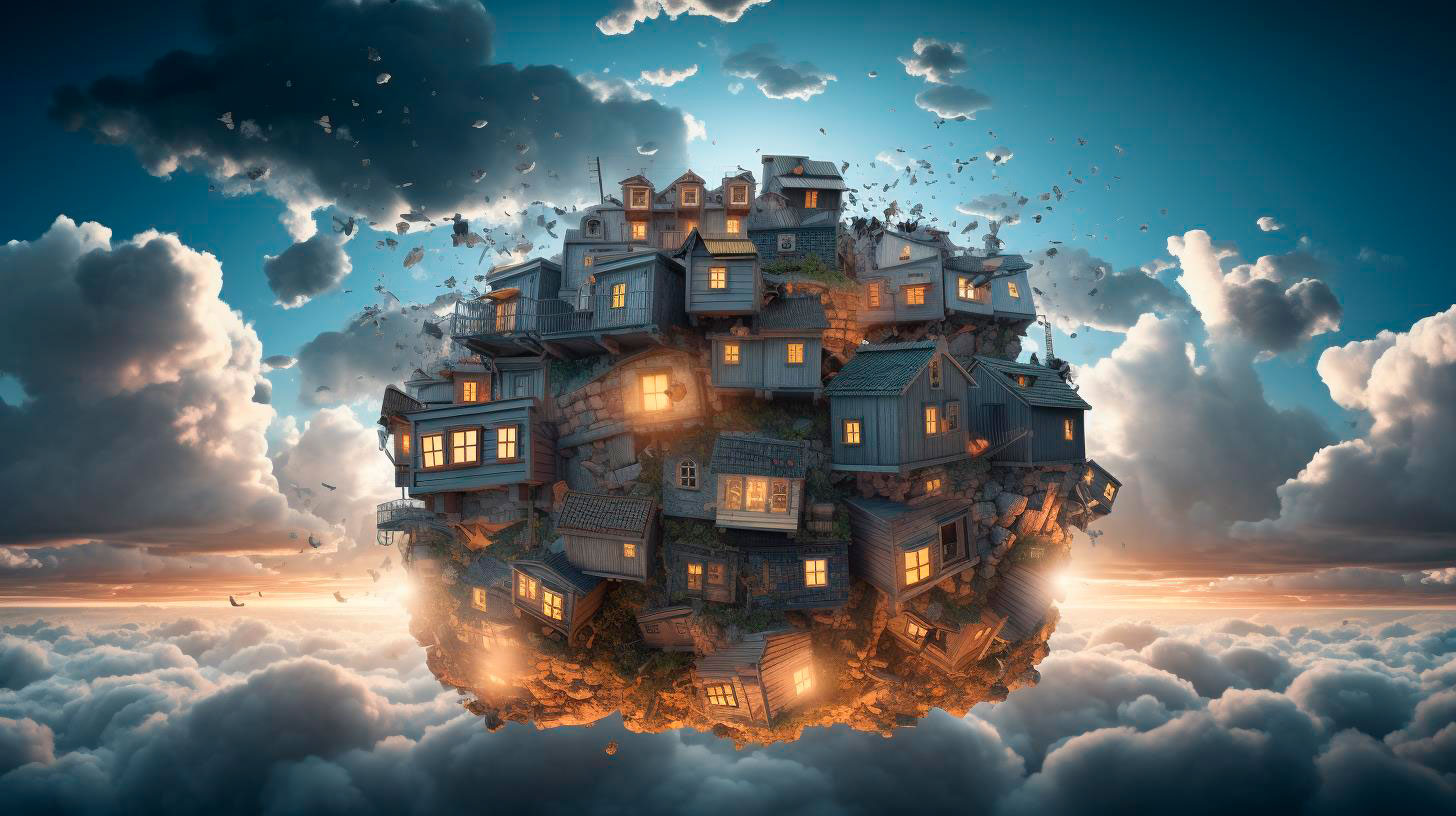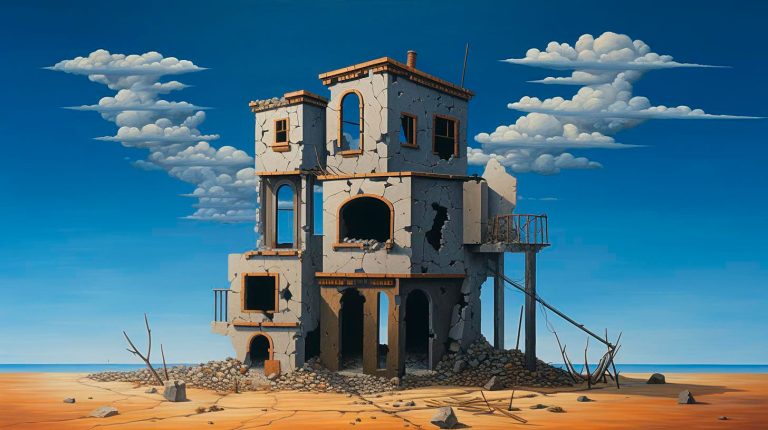The Allure of Reflection Photography
Reflection photography is more than just capturing a mirrored image. It allows photographers to explore new perspectives and add depth to their compositions. By incorporating reflections into their shots, photographers can create visual puzzles that engage and intrigue viewers.
Reflections can be found almost anywhere – from glass windows and shiny surfaces to puddles and even polished cars. This versatility allows photographers to experiment and discover hidden gems in the most unexpected places.
The Key Advantages of Reflection Photography:
- Enhanced Composition: Reflections can act as a composition guide, leading the viewer’s eye through the image and creating a balanced and pleasing result. They can add symmetry and create dynamic interactions between the reflected subject and its surroundings.
- Dramatic Effect: Reflections often introduce an element of surprise and mystery to a photograph. They can transform an otherwise ordinary scene into a surreal masterpiece, captivating viewers and evoking emotions.
- Added Depth: Reflections have the power to make an image appear multidimensional by creating layers and an illusion of depth. This adds complexity and intrigue to the overall composition.
- Unique Perspective: By utilizing reflections, photographers can capture scenes from perspectives that would otherwise be impossible to achieve. This unlocks a realm of creative possibilities, allowing photographers to challenge the norm and present their subjects in new and exciting ways.
Mastering Reflection Photography
While capturing reflections may sound simple, achieving the desired results can be a challenge. However, with practice and attention to detail, anyone can master the magic of reflection photography. Here are some key tips to get started:
- Find the Perfect Reflection: Look for interesting surfaces that can create captivating reflections. Experiment with various objects and angles to find the reflection that enhances your composition.
- Focus on Water: Puddles, lakes, and rivers often provide stunning reflective surfaces. Utilize these natural mirrors to capture breathtaking images.
- Play with Light: The interplay of light and reflections can create mesmerizing effects. Experiment with different lighting conditions to transform your images into visual masterpieces.
- Keep it Clean: Reflections are sensitive to dirt and smudges. Make sure to clean your camera lens and any surfaces you’re shooting to maintain the clarity and quality of the reflected image.
- Experiment with Angles: Change your perspective and try shooting from different angles to capture unique and compelling reflections. Don’t be afraid to get low or experiment with unconventional viewpoints.
Reflecting on the Magic
Reflection photography opens up a world of creative possibilities for both amateur and professional photographers. Its ability to mesmerize viewers and create unique perspectives makes it a powerful tool in the realm of visual storytelling.
Key Takeaways:
- Reflection photography adds depth, drama, and uniqueness to images.
- Reflections enhance composition and create a visual guide for the viewer’s eyes.
- Water is an excellent surface for capturing stunning reflections.
- Experimenting with angles and lighting can lead to more captivating results.
So, next time you’re out with your camera, don’t forget to seek out those intriguing reflections. Explore the world of reflection photography and unlock the magic that lies within.
















+ There are no comments
Add yours